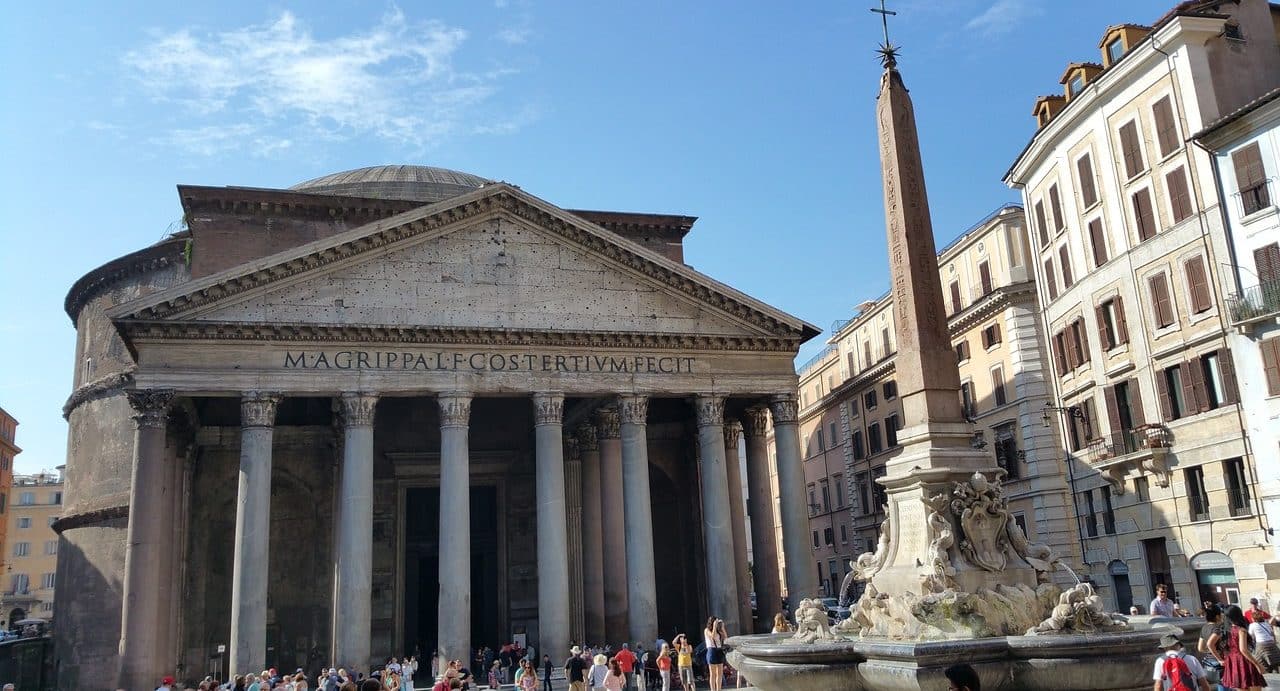
A portico is an area with columns and a roof that is located at the entrance of some buildings.
A porch is a raised space with columns and a roof that is found at the entrance of certain buildings. Its etymological origin is found in the Latin term portĭcus .
For example: "Mom, there is a man waiting for you on the porch," "The porch was filled with stones after the hail fell," "My grandparents, in the summer, spend all day sitting on the porch to enjoy the outdoors." » .
Characteristics of a porch
The portico is usually constituted as a gallery that extends along the façade of the building. When the porch is next to a Roman or ancient Greek temple, it is called pronaos (whose etymological origin derives from a Greek concept that can be translated as "in front of the temple" ). Porticos are also often called atriums , although this term specifically refers to a space that is not covered.
Depending on the number of columns it has, the portico can be classified in different ways: distylo (with two columns on its façade), tetrastyle (four columns), hexastyle (six columns), octastyle (eight columns), decastyle (ten columns). ), dodecastyle (twelve columns), etc.
Of these types of porticos, it is worth disclosing a series of curious facts:
- The tetrastyle portico became the favorite of the Greeks for public buildings, however the Romans also used it for temples and sanctuaries of various kinds.
- The hexastyle was the identifying portico of the Doric style.

There are different types of porches.
Some examples
It is possible to find numerous examples of historic buildings with porticos. The Parthenon in Athens has a portico with eight columns on its façade, so it is an octastyle portico. The portico of the Pantheon in Rome is also an octastyle.
Especially beautiful and significant is the so-called Portico of Glory that the Cathedral of Santiago de Compostela , in Spain , has. Romanesque in style, it was commissioned by the monarch Fernando II of León from master Mateo .
Between 1168 and 1188, the creation of this fascinating construction was undertaken, one of the most admired emblems of the temple, which is made up of three clearly differentiated parts. There are three floors:
- The tribune, which becomes the celestial world. More specifically, what it does is represent the elevation of the human being to the divine realm.
- The portico as such, which is the entrance to the Cathedral.
- The crypt, which represents what the earthly world is.
In addition to all those on display, we cannot overlook other equally relevant and significant porticos such as that of the Caryatids in the well-known Erechtheion of the Acropolis in Athens , that of the Cathedral of León in Spain or even that of the palace of the Louvre Museum , which is a beautiful example of French classicism.
The Temple of Venus and Rome , Hephaestion and even the American Capitol are other buildings with a portico on its façade, demonstrating the popularity of this architectural element throughout history .
